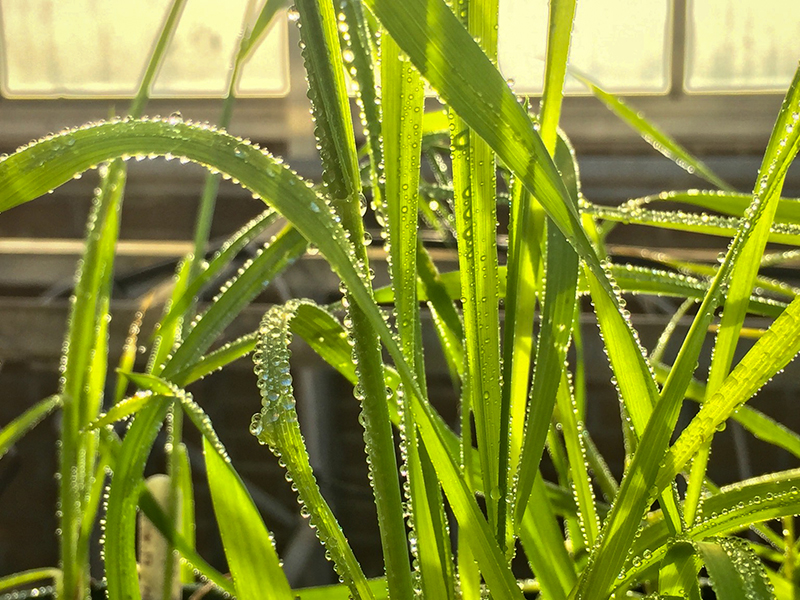Science News

In recent years, hummus has become a pop culture food phenomenon, drawing praises from dieticians for the health benefits and chefs for the flavor.

However, the core ingredient, the chickpea, has had its production threatened.

Carbon nanotubes are tiny. They can be a hundred thousand times smaller than the width of a human hair. But they have huge potential.

Products manufactured using carbon nanotubes include rebar for concrete, sporting goods, wind turbines, and lithium batteries, among others.

Your morning cereal or oatmeal. The bread on your sandwich. The corn chips for your snack, and the cookies for dessert. Not one would be possible with the humblest of ingredients: the seed.
Seeds such as wheat, rice and corn directly provide about 70% of the calories eaten by people every day. And they ultimately provide nearly every morsel of food, either by providing feed for livestock or by being grown into fruits and vegetables. It’s no overstatement to say that without seeds, civilization would be impossible.

Yams are a staple food in West Africa, which produces over 90% of the world’s yams each year. Yams play a key role in the food security, economic income, and traditional culture for the region.


When most people hear “food contamination,” they think of bacteria present on unwashed fruits or vegetables, or undercooked meat. However, there are other ways for harmful contaminants to be present in food products.


The United States Department of Agriculture identifies a group of “big eight” foods that causes 90% of food allergies. Among these foods are wheat and peanuts.


Plant breeders are constantly working to develop new bean varieties to meet the needs and desires of the food industry. But not everyone wants the same thing.


The element nitrogen is a double-edged sword. It is essential for growing plants and feeding people, but it is also a leading cause of pollution across the world. Only by using nitrogen more sustainably can the positive and harmful effects of nitrogen be balanced.

By late fall, much of the Midwest is a pleasing landscape of dry, harvested corn fields. It makes for a bucolic rural scene on highway drives. But the corn litter that’s left over doesn’t seem useful, at least to untrained eyes.



